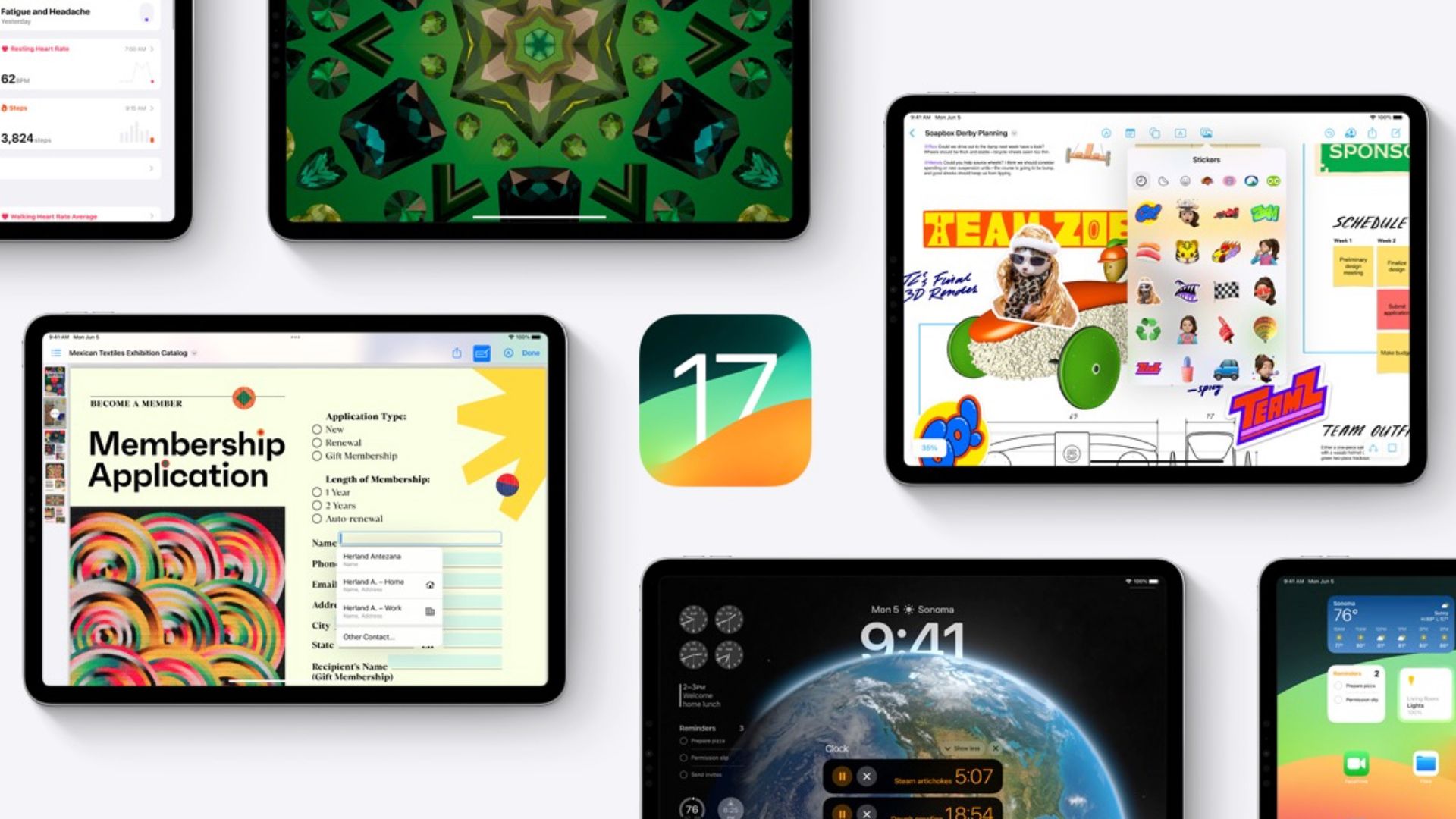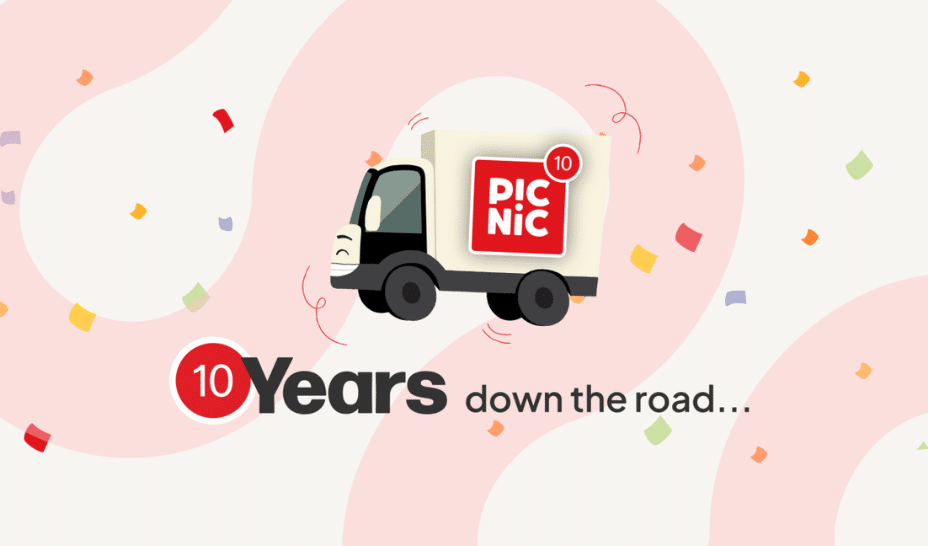Agile Web Development Methodologies: How Scrum and Kanban Revolutionized Our Projects
"We had the talent. So why were we always behind?" That was the question nobody was brave enough to ask - but everyone was asking themselves. As a growing web development team, we had fantastic developers, UI/UX designers, and a vision. But deadlines missed, features released half-baked, and team morale burned out gradually. That's when we discovered Agile methodologies - and everything changed. This post is a description of how Scrum and Kanban helped us revolutionize our workflow, and how you can use these frameworks within your web development process, whether you're part of a startup or a large tech team. What is Agile, and Why Should I Care? Agile isn't a tool. Agile is a mindset - a way to develop digital products using iterative development, cross-functional teams, and adaptive planning. Traditional "waterfall" methodologies assume requirements don't change and delivery happens at the end. But in web development, anything goes: user needs, features, even entire platforms. Agile embraces this uncertainty. Instead of fixed plans, you focus on ongoing improvement and quick feedback loops. Two of the most popular frameworks within Agile are: Scrum: Works in time-boxed cycles known as sprints (usually 1–2 weeks). Includes roles like Product Owner, Scrum Master, and the Dev Team. Kanban: Visualizes work on a board and focuses on constant delivery by managing workflow phases (To Do, In Progress, Done). Our Turning Point: From Chaos to Clarity A few months into a big client project, we were behind schedule. Developers had no idea what to work on. PMs were clamoring for updates. Bugs were getting into production. Meetings? Too many, with too little impact. Here's what we did: Introduced Scrum for Structure We introduced 2-week sprints with clear objectives. Each sprint started with a planning meeting and ended with a review and retrospective. The standups every day kept everyone on the same page and motivated. Result: Everyone knew what to build, why it mattered, and when it was due. Used Kanban for Transparency We set up a Kanban board on Trello. Each task went through stages like "To Do," "In Progress," "In Review," and "Done." It gave us visual transparency on what was slowing things down. Result: No more "Who's doing what?" confusion. The board told its own story. Tips to Implement Agile in Your Web Dev Workflow If you’re ready to embrace Agile, start small. Here’s how: Tip 1: Start with a 2-Week Sprint Don’t overthink it. Define 3–5 clear goals, assign them, and stick to the sprint cycle. Use this to measure your team’s velocity (how much they can realistically handle). Tip 2: Set Up a Kanban Board You can use free tools like Trello, Notion, or Jira. Keep it simple: To Do In Progress In Review Done Update it daily. Tip 3: Short Daily Standups 15-minute check-ins raise blockers and keep momentum. Ask your team members: What did you do yesterday? What will you do today? Any blockers? Tip 4: Improve and Reflect After every sprint, conduct a retrospective. What worked? What didn't work? What do we need to change? Agile is all about continuous improvement. Scrum vs. Kanban: Which One Is Right for You? Scrum Feature Workflow Type : Iterative (Sprints) Best For: Structured teams & timelines Planning: Sprint planning & reviews Tools: Jira, ClickUp, Monday Kanban Feature Workflow Type : Continuous Flow Best For: Teams with variable priorities Planning: Just-in-time task updates Tools: Trello, Notion, KanbanFlow Pro Tip: Most teams use a hybrid method named Scrumban—structure + flexibility. Try both and do what works for you. Final Thoughts: Agile Is a Journey, Not a Destination We didn't have all the answers overnight. But within a few weeks' time, our team was shipping faster, communicating better, and even having fun with the process. If your development team is in delivery purgatory, Agile may be your way out. Your turn: Did you apply Scrum or Kanban in your workflow? What Agile tricks allowed your team to ship intelligently? Share your comments below and let's share best practices. Don't forget to follow for additional web development advice, project management, and tech productivity.

"We had the talent. So why were we always behind?"
That was the question nobody was brave enough to ask - but everyone was asking themselves. As a growing web development team, we had fantastic developers, UI/UX designers, and a vision. But deadlines missed, features released half-baked, and team morale burned out gradually.
That's when we discovered Agile methodologies - and everything changed.
This post is a description of how Scrum and Kanban helped us revolutionize our workflow, and how you can use these frameworks within your web development process, whether you're part of a startup or a large tech team.
What is Agile, and Why Should I Care?
Agile isn't a tool. Agile is a mindset - a way to develop digital products using iterative development, cross-functional teams, and adaptive planning.
Traditional "waterfall" methodologies assume requirements don't change and delivery happens at the end. But in web development, anything goes: user needs, features, even entire platforms.
Agile embraces this uncertainty. Instead of fixed plans, you focus on ongoing improvement and quick feedback loops. Two of the most popular frameworks within Agile are:
Scrum: Works in time-boxed cycles known as sprints (usually 1–2 weeks). Includes roles like Product Owner, Scrum Master, and the Dev Team.
Kanban: Visualizes work on a board and focuses on constant delivery by managing workflow phases (To Do, In Progress, Done).
Our Turning Point: From Chaos to Clarity
A few months into a big client project, we were behind schedule. Developers had no idea what to work on. PMs were clamoring for updates. Bugs were getting into production. Meetings? Too many, with too little impact.
Here's what we did:
- Introduced Scrum for Structure We introduced 2-week sprints with clear objectives. Each sprint started with a planning meeting and ended with a review and retrospective. The standups every day kept everyone on the same page and motivated.
Result: Everyone knew what to build, why it mattered, and when it was due.
- Used Kanban for Transparency We set up a Kanban board on Trello. Each task went through stages like "To Do," "In Progress," "In Review," and "Done." It gave us visual transparency on what was slowing things down.
Result: No more "Who's doing what?" confusion. The board told its own story.
Tips to Implement Agile in Your Web Dev Workflow
If you’re ready to embrace Agile, start small. Here’s how:
Tip 1: Start with a 2-Week Sprint
Don’t overthink it. Define 3–5 clear goals, assign them, and stick to the sprint cycle. Use this to measure your team’s velocity (how much they can realistically handle).
Tip 2: Set Up a Kanban Board
You can use free tools like Trello, Notion, or Jira. Keep it simple:
To Do
In Progress
In Review
Done
Update it daily.
Tip 3: Short Daily Standups
15-minute check-ins raise blockers and keep momentum. Ask your team members:
What did you do yesterday?
What will you do today?
Any blockers?
Tip 4: Improve and Reflect
After every sprint, conduct a retrospective. What worked? What didn't work? What do we need to change? Agile is all about continuous improvement.
Scrum vs. Kanban: Which One Is Right for You?
Scrum Feature
Workflow Type : Iterative (Sprints)
Best For: Structured teams & timelines
Planning: Sprint planning & reviews
Tools: Jira, ClickUp, Monday
Kanban Feature
Workflow Type : Continuous Flow
Best For: Teams with variable priorities
Planning: Just-in-time task updates
Tools: Trello, Notion, KanbanFlow
Pro Tip: Most teams use a hybrid method named Scrumban—structure + flexibility. Try both and do what works for you.
Final Thoughts: Agile Is a Journey, Not a Destination
We didn't have all the answers overnight. But within a few weeks' time, our team was shipping faster, communicating better, and even having fun with the process.
If your development team is in delivery purgatory, Agile may be your way out.
Your turn:
Did you apply Scrum or Kanban in your workflow?
What Agile tricks allowed your team to ship intelligently?
Share your comments below and let's share best practices.
Don't forget to follow for additional web development advice, project management, and tech productivity.









































































































































































![[The AI Show Episode 147]: OpenAI Abandons For-Profit Plan, AI College Cheating Epidemic, Apple Says AI Will Replace Search Engines & HubSpot’s AI-First Scorecard](https://www.marketingaiinstitute.com/hubfs/ep%20147%20cover.png)

























![How to Enable Remote Access on Windows 10 [Allow RDP]](https://bigdataanalyticsnews.com/wp-content/uploads/2025/05/remote-access-windows.jpg)





















































































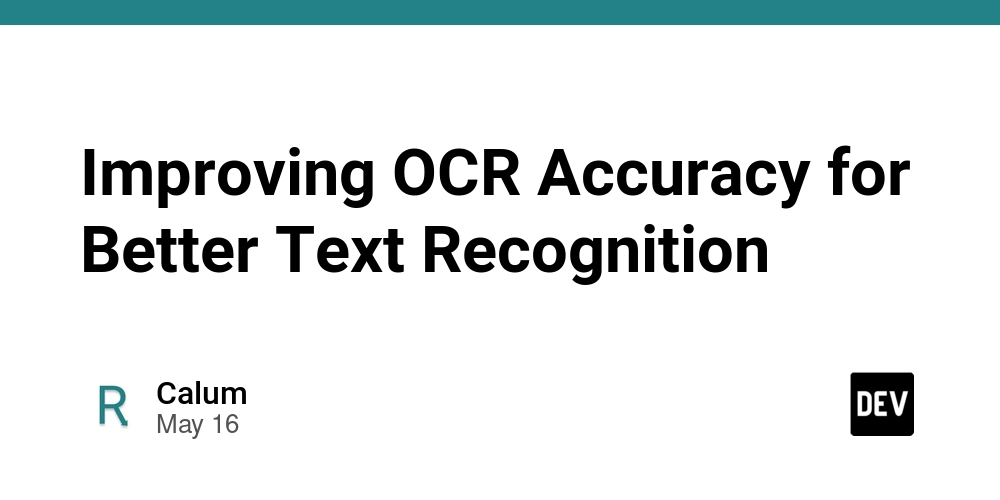




























































-Marathon-Gameplay-Overview-Trailer-00-04-50.png?width=1920&height=1920&fit=bounds&quality=70&format=jpg&auto=webp#)



































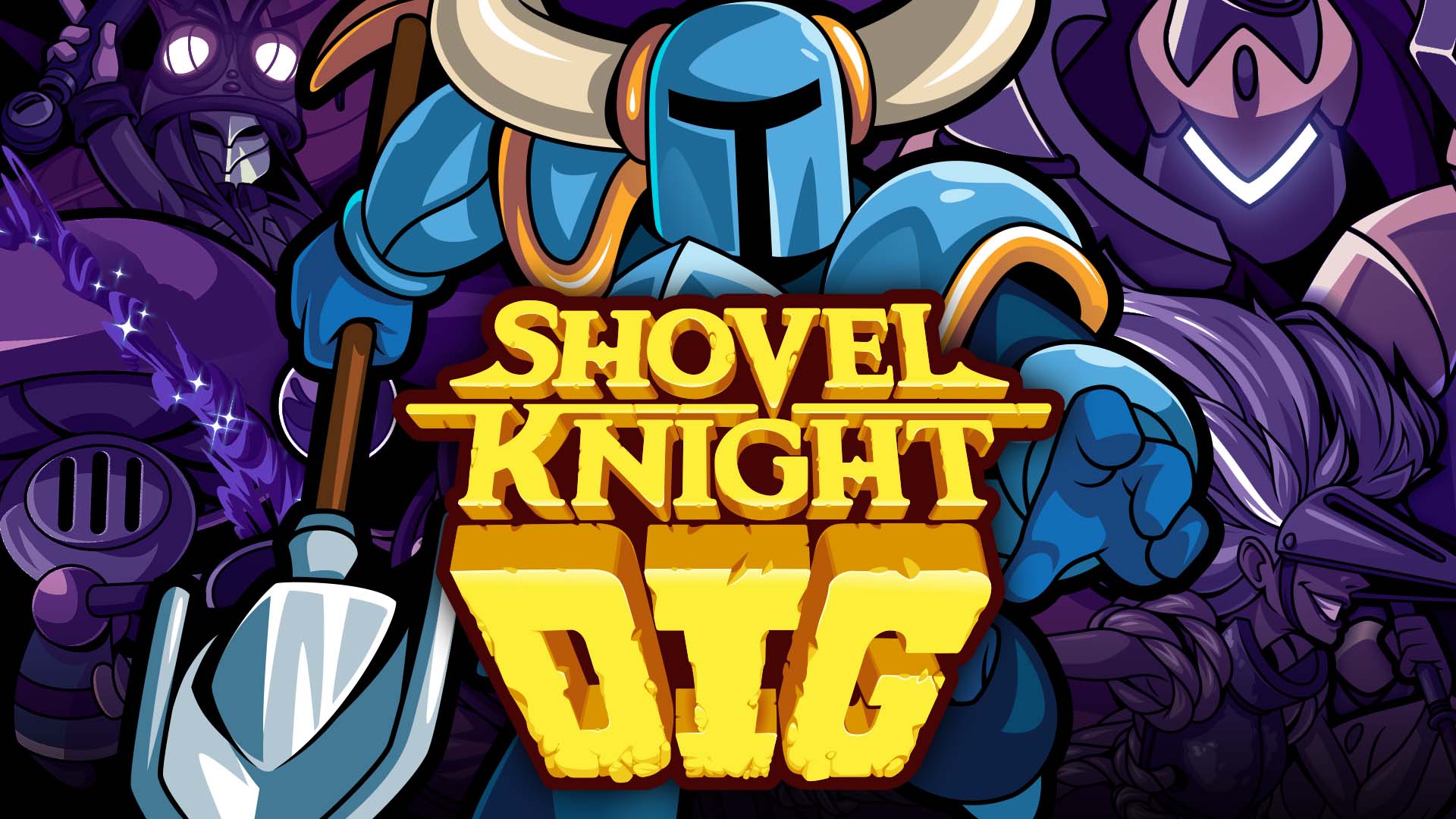








![Artist Shocked To Find Her Poster Designs From 2017 In Bungie's Marathon: 'A Major Company Has Deemed It Easier To Pay A Designer To Imitate Or Steal My Work Than To Write Me An Email' [Update]](https://i.kinja-img.com/image/upload/c_fill,h_675,pg_1,q_80,w_1200/4ce7afff77473c3cccca9cc349c42790.jpg)






























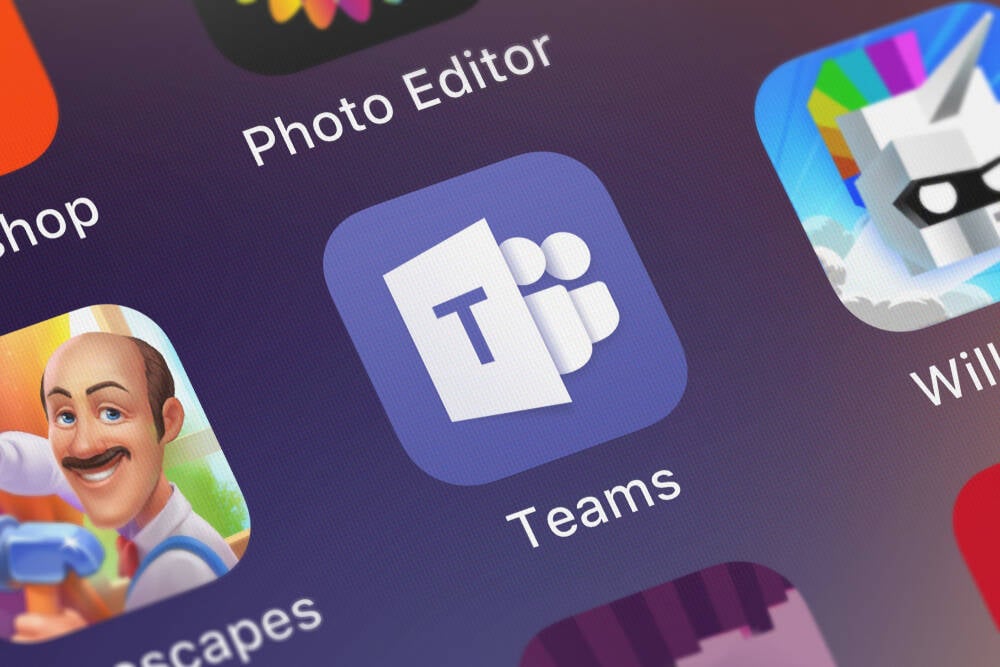











-Olekcii_Mach_Alamy.jpg?width=1280&auto=webp&quality=80&disable=upscale#)
















































































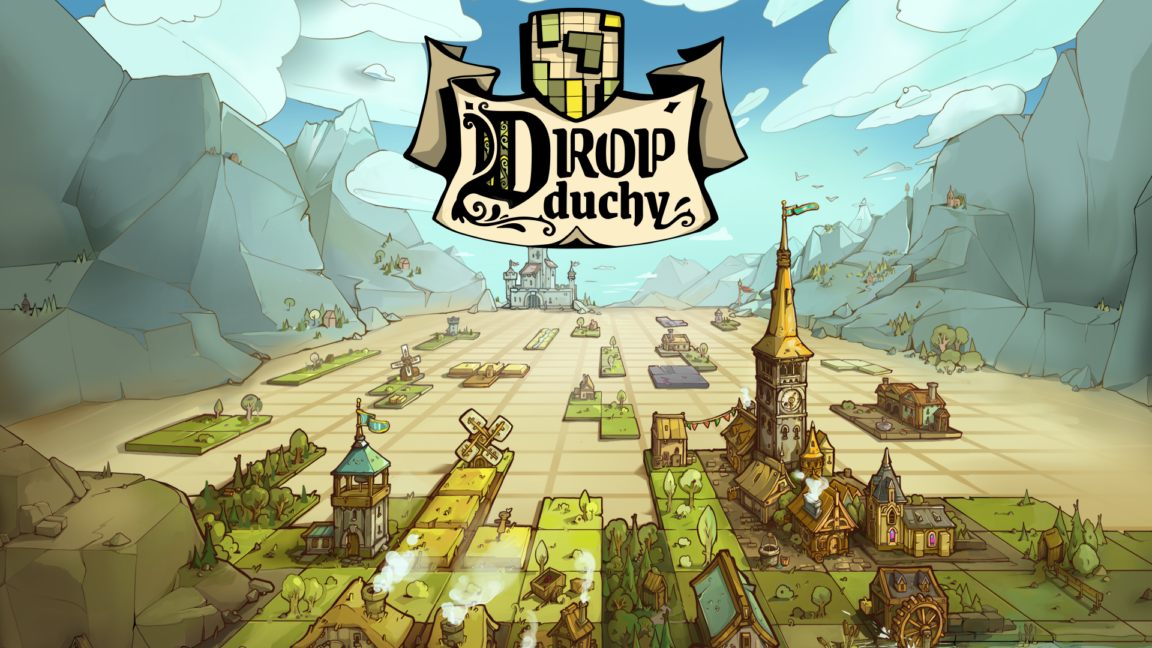


-xl.jpg)



























![Sony WH-1000XM6 Unveiled With Smarter Noise Canceling and Studio-Tuned Sound [Video]](https://www.iclarified.com/images/news/97341/97341/97341-640.jpg)


![Watch Aston Martin and Top Gear Show Off Apple CarPlay Ultra [Video]](https://www.iclarified.com/images/news/97336/97336/97336-640.jpg)
























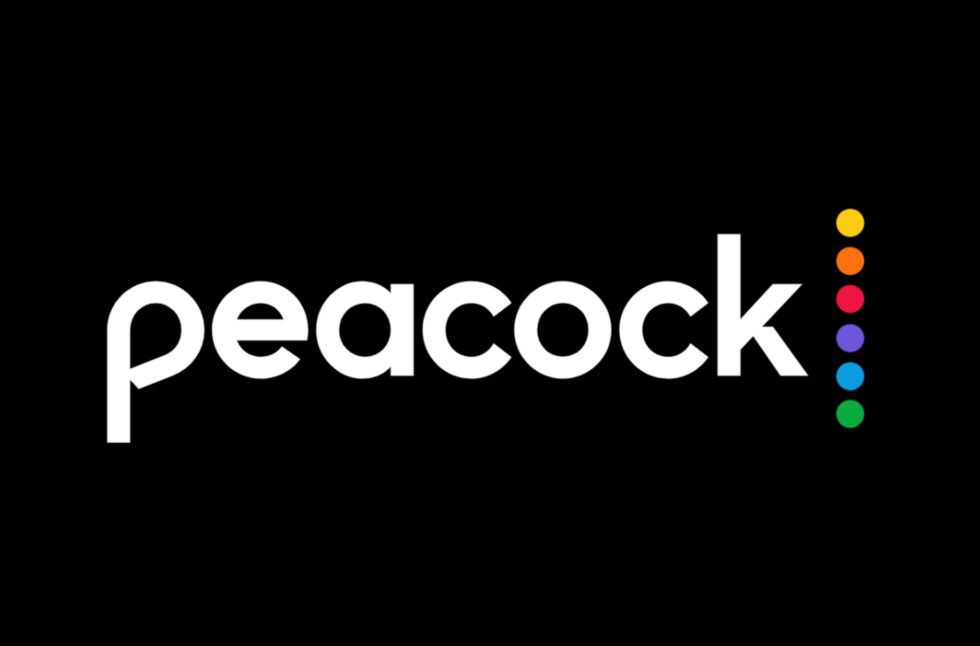

















![Apple Slaps Warnings on Apps Using External Purchases in the EU [Updated]](https://images.macrumors.com/t/Zy0e-JLM0fNyngEYaXu5rMH1lJk=/1920x/article-new/2025/05/app-store-external-payments-warning.jpg)

